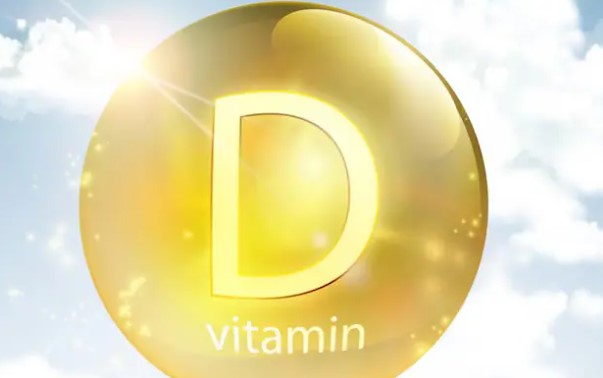
In this article, we dive into why Vitamin D is so important and how you can safely boost your levels this season.
Ever noticed how Indian families suddenly shift outdoors in winters, sitting on balconies, rooftops, or parks to enjoy a “sun session”? It's not just comfort. That warm glow on your skin is doing more than making you feel cozy: it's helping your body generate Vitamin D, a nutrient that's vital for bones, muscles and immunity. But here's the irony: despite being a sun-rich country, India has one of the highest rates of Vitamin D deficiency in the world. Studies estimate that 70–100% of Indians across age groups may have insufficient Vitamin D levels. Let's dive into why Vitamin D is so important and how you can safely boost your levels this season.
The sunshine vitamin: Why vitamin D matters
We often call Vitamin D the “sunshine vitamin” because our skin produces it when exposed to sunlight. But it's much more than that:
1. Stronger bones & teeth
Vitamin D helps the body absorb calcium and phosphorus according to studies. Without it, bones can become brittle, leading to rickets in children or osteoporosis in adults.
2. Muscle strength
Low Vitamin D has been linked to muscle weakness and higher chances of falls, especially in older adults.
3. Better immunity
Vitamin D plays a role in your body's defence system, helping fight infections. Some studies suggest adequate levels may reduce the risk of frequent colds or respiratory issues.
4. Overall health
Low Vitamin D has been associated with higher risks of heart disease, diabetes, and even mood disorders, though more research is ongoing.
Here's how to sunbathe to boost vitamin D levels safely:
1. Pick the right time
Midday, between 11 a.m. and 2 p.m., is best for Vitamin D production. Studies in India show that this window is when UVB rays are strongest.
2. Expose enough skin
Arms, face, forearms, and calves exposed for 15–30 minutes a day can help. You don't need to sit for hours, but shorter daily sessions work better.
3. Balance duration & safety
Experts note that about an hour of casual exposure may be required to maintain healthy levels in some Indians. Start with 20 minutes and build up depending on your skin tolerance. Remember, your skin regulates production, more isn't always better.
4. Mind your skin type and age
Darker skin tones need longer sun time to produce the same Vitamin D as lighter tones. Older adults also make less Vitamin D naturally. They may need extra support via diet or supplements.
5. Add Vitamin D foods
Include eggs, oily fish like mackerel, mushrooms, and fortified dairy if available. These won't replace sunlight but will support levels.
6. Supplements when needed
If you've been diagnosed with low Vitamin D, your doctor may recommend supplements. Avoid self-dosing, as too much Vitamin D from pills can be harmful.
7. Protect your skin after target time
Unprotected exposure can damage skin. Once your “sun quota” is done, cover up or use sunscreen.
Sunbathing in Indian winters isn't just a cultural quirk, it's one of the simplest, most natural ways to correct widespread Vitamin D deficiency. It helps strengthen bones, muscles, and immunity at a time when the risk of colds and respiratory illnesses is high. So this winter, go grab a chair, roll up your sleeves and enjoy that sunshine. Pair it with Vitamin D-rich foods, and if needed, get your levels tested. A little mindful sun every day could be the health boost your body needs.

















